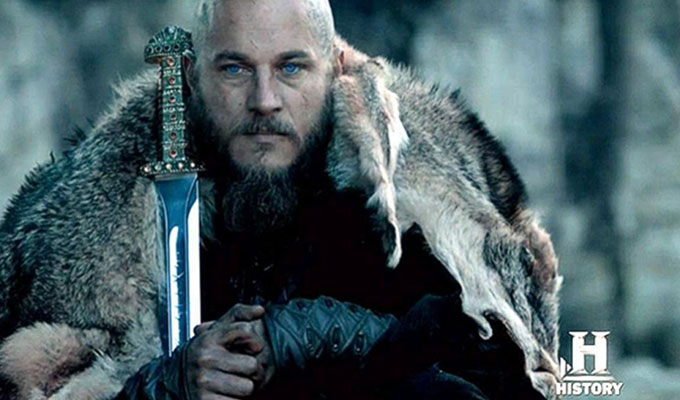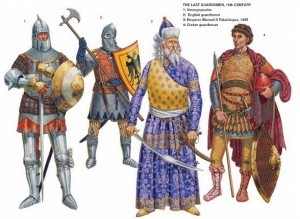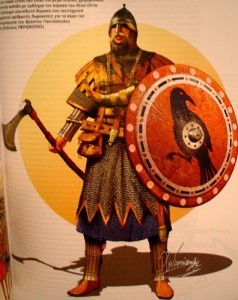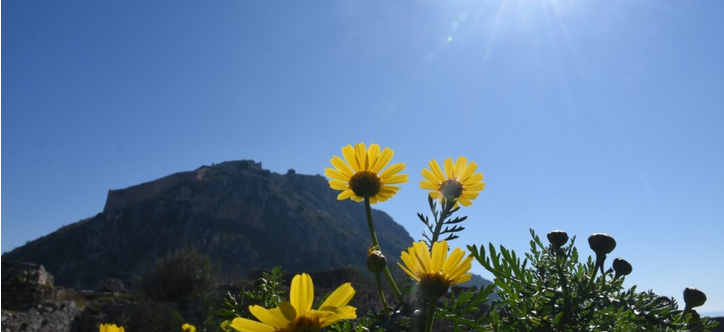The mere utterance of the word Vikings, or Northmen as they were also known, used to strike fear in the hearts of the British just before and during the high middle ages, once these raiders found their way to the west and mainland Europe. Their contact with the French and British has been a subject of extensive research, not to mention successful movies and TV series. They fought bloody battles with both the French and Britons and slaughtered many monks along their marauding raids on Monasteries.
But for the Byzantine Greeks in the south of Europe, these northmen, who became ol were known as the Varangians, and never caused a problem. On the contrary, they were sought after as fighters for the Emperor’s Guard. In the 10th Century Byzantine Emperor Basil II of Constantinople first enlisted Varangian fighters to serve as imperial personal bodyguards. Known as the Varangian Guard, they were legendary for their fierce loyalty to the emperors they served and the wealth bestowed upon them for their service.
The Varangian mercenaries were so well-paid for their services in the Byzantine army, that their homelands at one point experienced an unprecedented exodus of men seeking their fortune in Greece. This lead to some Scandinavian lands enacting a law denying inheritance rights to any one who “dwelled in Greece”. Their history is corroborated in the south by writings on Scandinavian runestones -raised stones bearing inscriptions in runic alphabets commenting about people and their adventures.
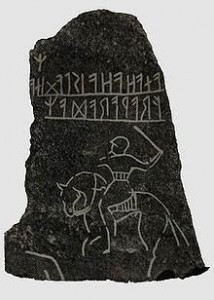
From the extant Scandinavian runestones of the Viking Age, 10% are called the “Greek Runestones”, and describe the sagas of the “Varangian Guard” members who died in Greece or returned home with great wealth.
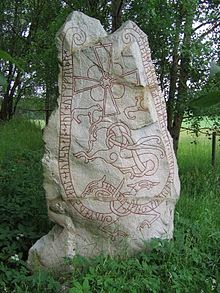
An interesting story involves the famous Lion of Piraeus, taken as plunder by Francesco Morosini in 1687 in the wars of Venice against the Ottoman empire. The astonishing thing about the 3-meter high, white-marble statue is that runes were carved onto it describing the conquest of the port.
On the right side of the lion it wrote:
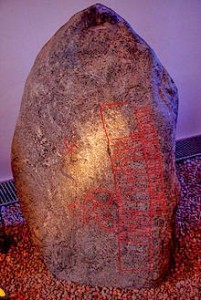
ASMUDR: HJU:RUNAR: ÞISAR: ÞAIR: ISKIR: AUK: ÞURLIFR: ÞURÞR: AUK: IVAR: AT:BON: HARADS:HAFA:ÞUAT: GRIKIAR:UF: HUGSAÞU: AUK: BANAÞU:
translated:
“Asmund cut these runes with Asgeir and Thorleif, Thord and Ivar, at the request of Harold the Tall, though the Greeks considered about and forbade it.”
On the left side:
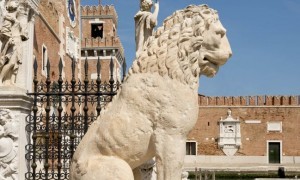
HAKUN : VAN: ÞIR : ULFR : AUK : ASMUDR : AUK : AURN : HAFN : ÞESA : ÞIR : MEN : LAGÞU : A : UK : HARADR : HAFI : UF IABUTA : UPRARSTAR : VEGNA :GRIKIAÞIÞS : VARÞ : DALKR : NAUÞUGR : I : FIARI : LAÞUM : EGIL : VAR : I : FARU :MIÞ : RAGNARR : TIL : RUMANIU . . . AUK : ARMENIU :
translated:
“Hakon with Ulf and Asmund and Örn conquered this port. These men and Harold Hafi imposed a heavy fine on account of the revolt of the Greek people. Dalk is detained captive in far lands. Egil is gone on an expedition with Ragnar into Romania and Armenia.”
As best one can tell, these Vikings were most likely a small party of raiders that decided to have some fun and boast of their great victories by writing on the Lion of Piraeus. Surely an interesting piece of history.

